12 Easy Steps to Start Your Own Home Vegetable Garden
Starting your own home vegetable garden can be a rewarding and enjoyable experience. It allows you to grow fresh, healthy produce right in your backyard. With just a few simple steps, you can create a garden that provides delicious vegetables throughout the year. This article will guide you through easy steps to help you get started and set up your very own vegetable garden.
This post may contain affiliate links, which helps keep this content free. Please read our disclosure for more info.
Choose the Right Location

Selecting the right location for your vegetable garden is one of the most important steps to ensure its success. Look for a spot that receives at least 6 to 8 hours of direct sunlight daily, as most vegetables thrive in full sunlight. Avoid areas that are prone to flooding or have poor drainage, as excess water can damage your plants. A sunny, well-drained area with enough space for your vegetables to grow will create the best environment for your garden.
Take note of the layout of your yard and think about how much space you have for your garden. Whether you have a large backyard or a small balcony, vegetables can be grown in raised beds, containers, or garden plots. Ensure that the location is also easily accessible for regular maintenance and watering. Having your garden in the right spot will help your plants grow strong and healthy.
Decide What to Grow

Choosing the right vegetables to grow depends on your climate, available space, and personal preferences. Start by selecting vegetables that are well-suited for your growing zone and the time of year. Some vegetables, like tomatoes and peppers, are perfect for warm weather, while others, such as leafy greens and carrots, grow well in cooler temperatures. Think about what you and your family enjoy eating, as this will help you stay motivated to care for your garden.
Consider how much space each plant needs and how much you can realistically manage. Some vegetables, like beans and cucumbers, need more space to spread out, while others, like lettuce and radishes, grow well in smaller spaces. Also, consider growing vegetables that have similar water and sunlight needs together. Planning your vegetable garden around your specific needs will increase the chances of a successful harvest.
Prepare the Soil
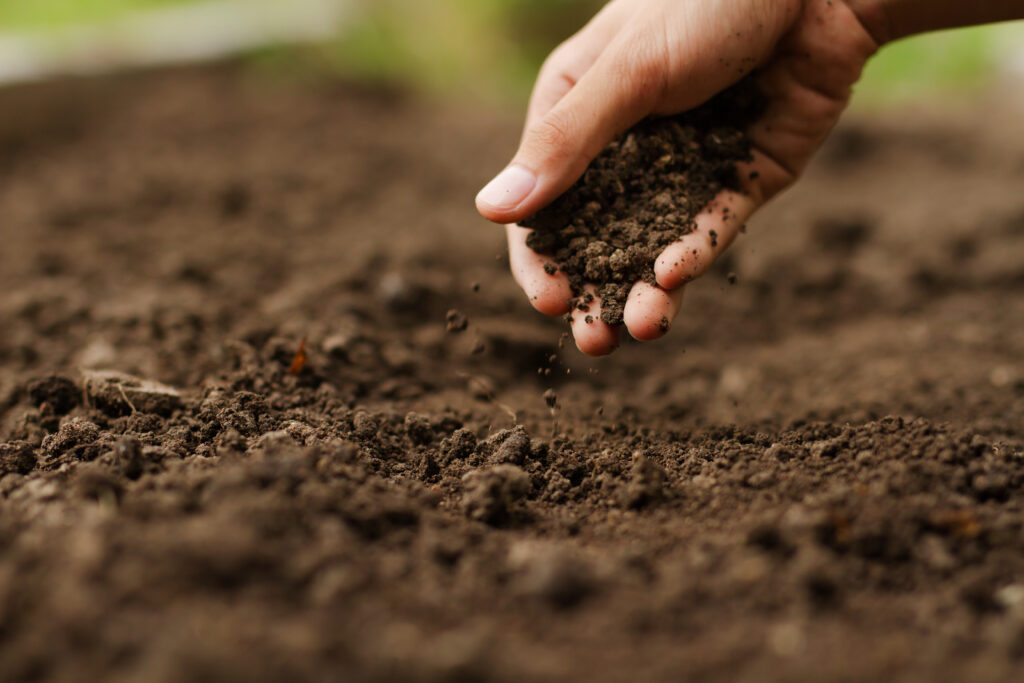
Good soil is the foundation of any successful vegetable garden. Begin by testing your soil to determine its pH level and nutrient content. If necessary, amend the soil with compost or organic matter to improve its fertility and drainage. Healthy, nutrient-rich soil will provide your plants with the essential minerals and structure they need to grow strong roots and produce healthy vegetables.
Once your soil is tested and amended, it is time to prepare your garden beds. Clear the area of weeds, rocks, and debris, then loosen the soil with a shovel or rake. If you are planting in containers, use a high-quality potting mix designed for vegetable gardening. Preparing the soil properly will create a fertile environment that supports strong plant growth.
Plan Your Garden Layout
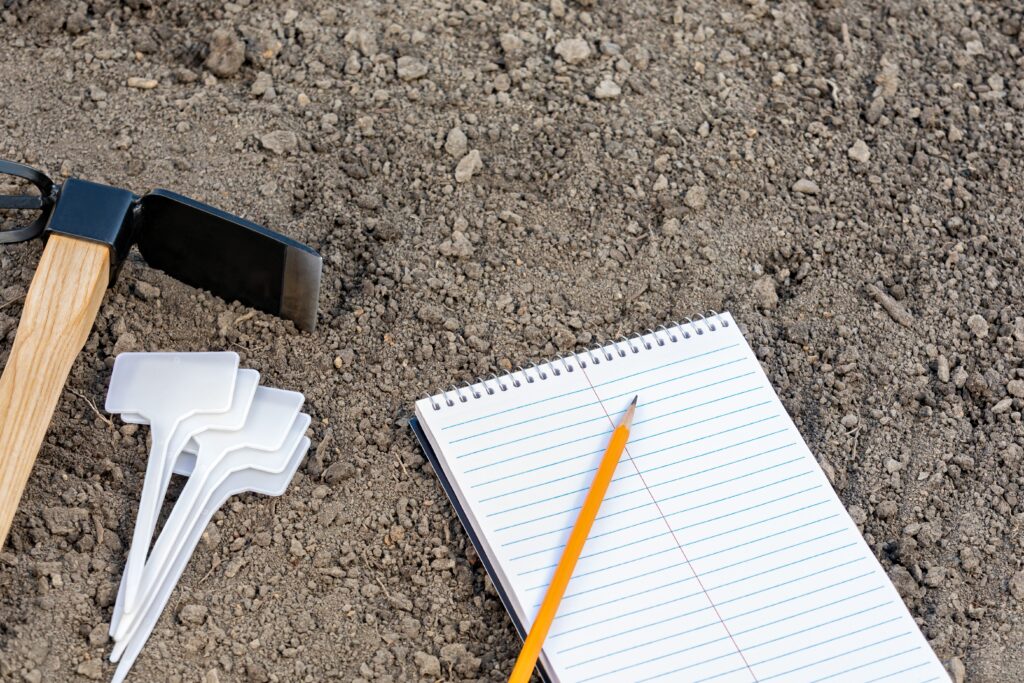
Planning your garden layout is essential for optimizing space and ensuring that your vegetables grow properly. Start by deciding whether you want to plant in rows, raised beds, or containers. Consider spacing requirements for each vegetable, as overcrowding can lead to poor air circulation and stunted growth. Planning the layout ahead of time helps you maximize your garden’s potential and prevents you from running out of space.
You will also need to think about the direction of sunlight and how it will affect your plants. Tall plants, such as corn and tomatoes, should be placed on the north side of the garden to avoid shading shorter plants. Pay attention to how the vegetables will grow and ensure there is enough space for air to circulate between them. A well-planned layout will keep your garden organized and make it easier to care for your plants.
Plant Your Seeds or Seedlings
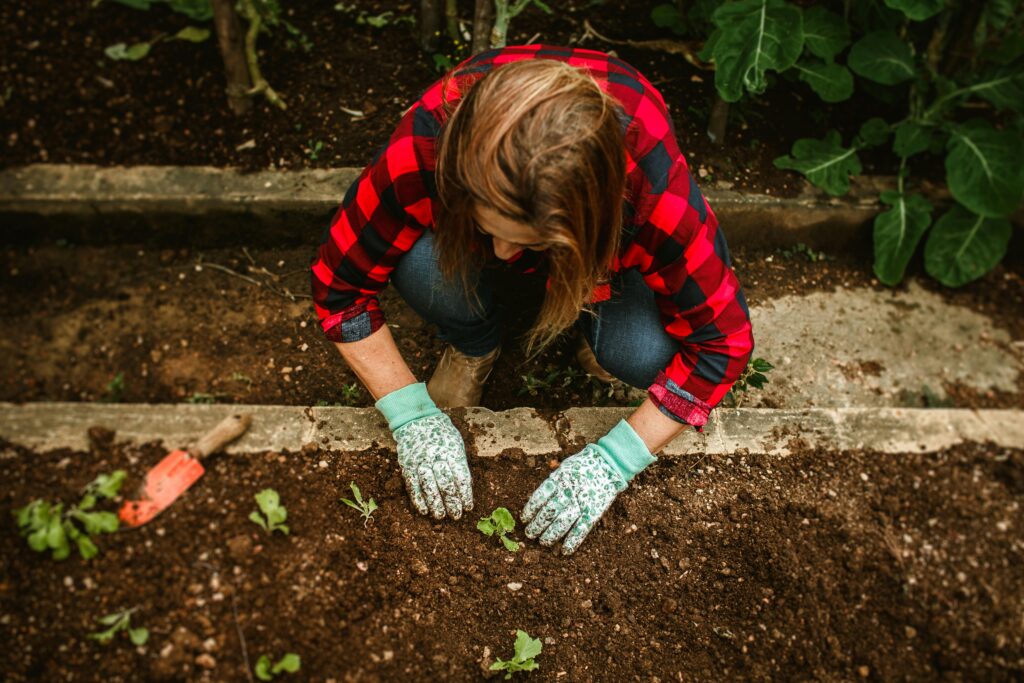
Once you have prepared your garden and selected the vegetables to grow, it is time to plant. You can either start from seeds or purchase young seedlings from a nursery. If you are starting from seeds, follow the instructions on the seed packet for the optimal planting depth and spacing. Planting seedlings is quicker, but growing from seed allows you to select from a wider variety of plants and can be more cost-effective.
When planting, ensure the soil is moist but not waterlogged. Gently place the seeds or seedlings into the soil and lightly cover them. Water the plants well after planting and keep the soil consistently moist as they establish roots. Proper planting techniques help your vegetables get off to a strong start and increase their chances of thriving.
Water Regularly
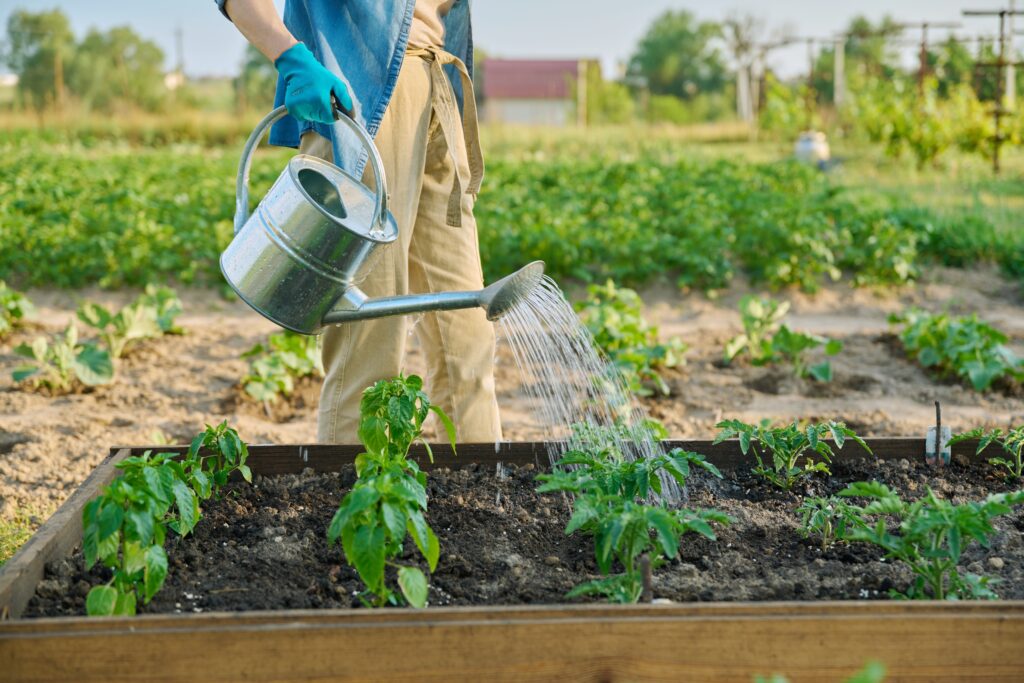
Consistent watering is key to keeping your vegetable garden healthy and productive. Vegetables need regular water to grow, but they should not sit in waterlogged soil, as this can lead to root rot. Aim to water your plants early in the morning or late in the evening to avoid evaporation during the heat of the day. A deep watering once a week is usually better than frequent shallow waterings.
Pay attention to the needs of your plants as they grow. Young seedlings may need more frequent watering, while mature plants may need less. Consider using soaker hoses or drip irrigation systems to ensure water is delivered directly to the roots and avoid wetting the foliage, which can lead to diseases. Regular watering is crucial for strong plant growth and a successful harvest.
Mulch to Retain Moisture
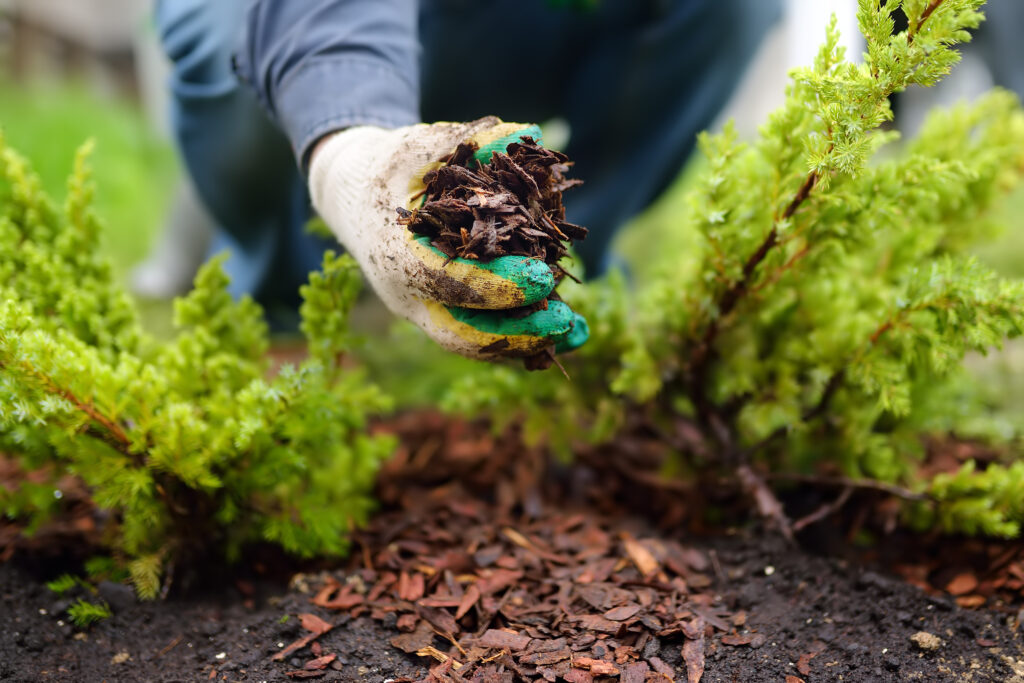
Mulching is an important practice in vegetable gardening that helps retain soil moisture and keep weeds at bay. Organic mulches, such as straw, wood chips, or grass clippings, break down over time and add nutrients to the soil. Apply a 2-3 inch layer of mulch around your plants, making sure to leave some space around the base to prevent rot. This will help maintain a stable temperature in the soil and reduce the need for frequent watering.
In addition to retaining moisture, mulch also helps prevent the growth of weeds, which compete with your vegetables for nutrients and space. It can also protect plants from extreme temperatures, keeping the soil cooler in hot weather and warmer in cooler temperatures. Mulching is an easy and effective way to reduce maintenance and promote healthy plant growth.
Fertilize as Needed
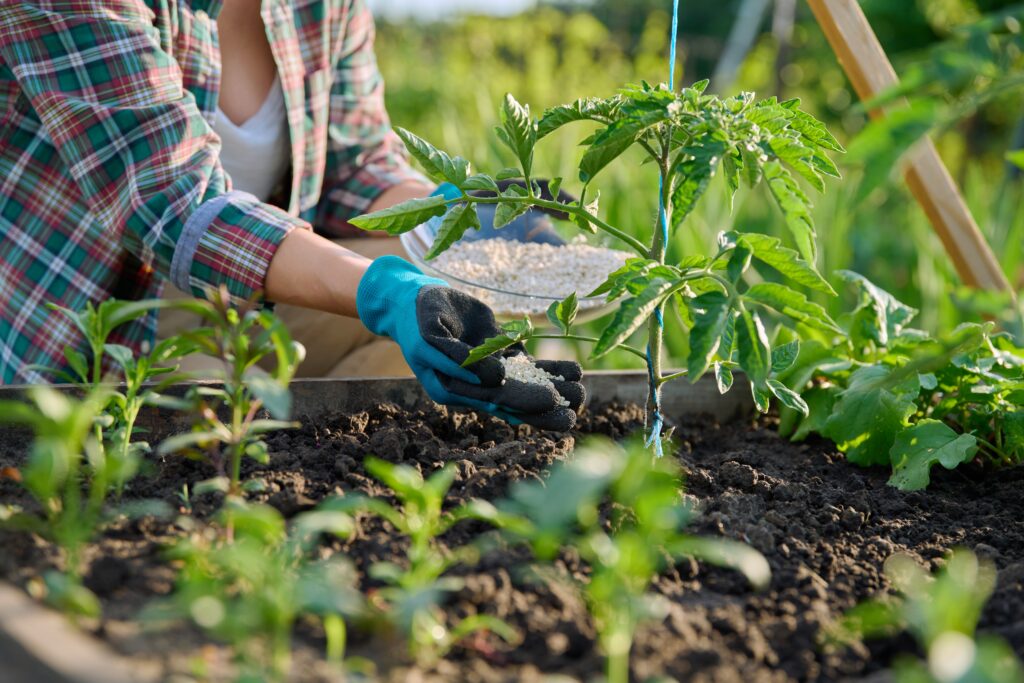
While healthy soil provides essential nutrients, your plants may need extra nourishment throughout the growing season. Fertilizing your vegetable garden with organic or slow-release fertilizers can provide the necessary nutrients for optimal growth. Be sure to choose a fertilizer that is appropriate for the specific plants you are growing, as different vegetables have different nutrient needs.
When applying fertilizer, follow the manufacturer’s instructions to avoid over-fertilizing, which can harm plants and pollute the environment. Fertilizing once or twice during the growing season, depending on the plants’ needs, is usually sufficient. Organic options like compost, fish emulsion, and seaweed extract provide essential nutrients without harming the environment.
Control Pests Naturally
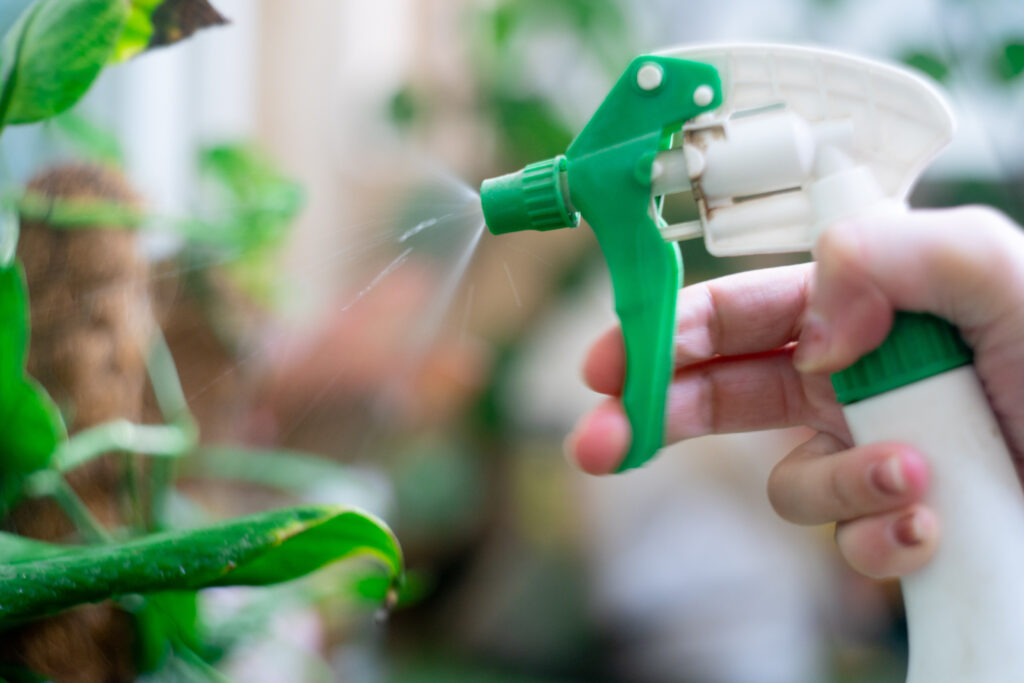
Pest management is an essential part of gardening, but it is important to control pests without resorting to harmful chemicals. One natural approach is to introduce beneficial insects, such as ladybugs or predatory beetles, that prey on pests like aphids. Companion planting can also help deter pests, as certain plants, like marigolds and basil, repel insects naturally.
You can also use organic pesticides, such as neem oil or insecticidal soap, to manage pests without harming beneficial insects or the environment. Regularly check your plants for signs of pests and take action promptly to prevent infestations from damaging your crops. Natural pest control methods are safe and effective ways to keep your garden healthy.
Prune and Thin Plants
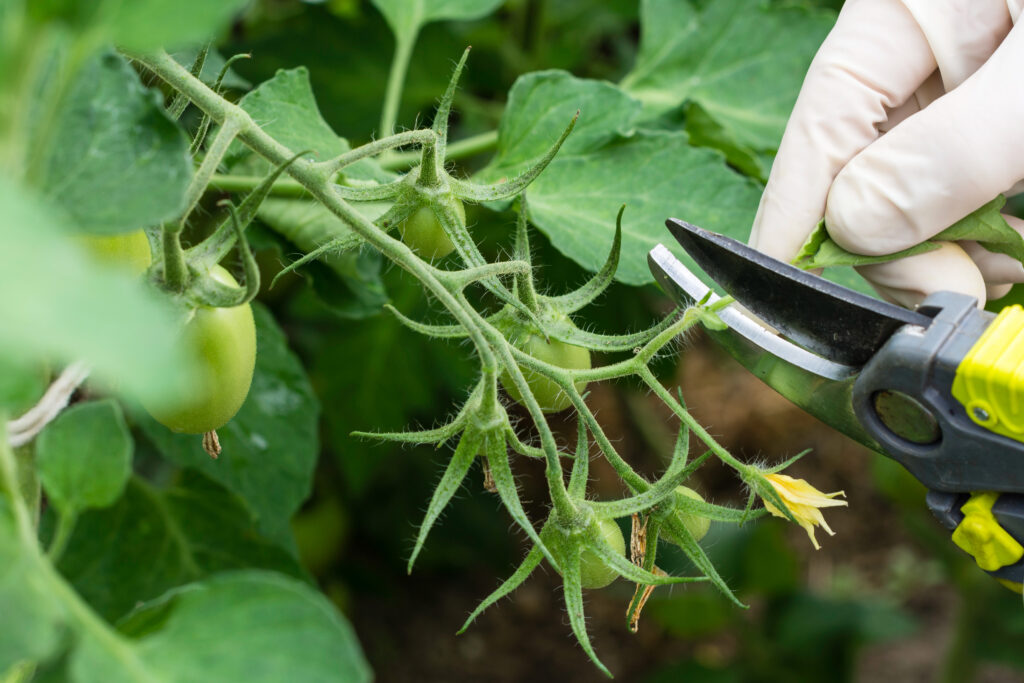
Pruning and thinning your plants help them grow stronger and healthier by improving air circulation and allowing better access to sunlight. As your plants grow, remove any dead or damaged leaves and branches to encourage new growth. For crowded plants, thinning helps ensure that each plant has enough space to spread its roots and thrive. Proper pruning and thinning can improve the quality of your harvest and prevent disease.
Be sure to use clean, sharp scissors or pruning shears when cutting your plants to avoid damaging them. Pruning can also help prevent certain plants from becoming too leggy or overgrown, which can affect their productivity. Regular maintenance is essential for keeping your plants in top shape throughout the growing season.
Harvest at the Right Time
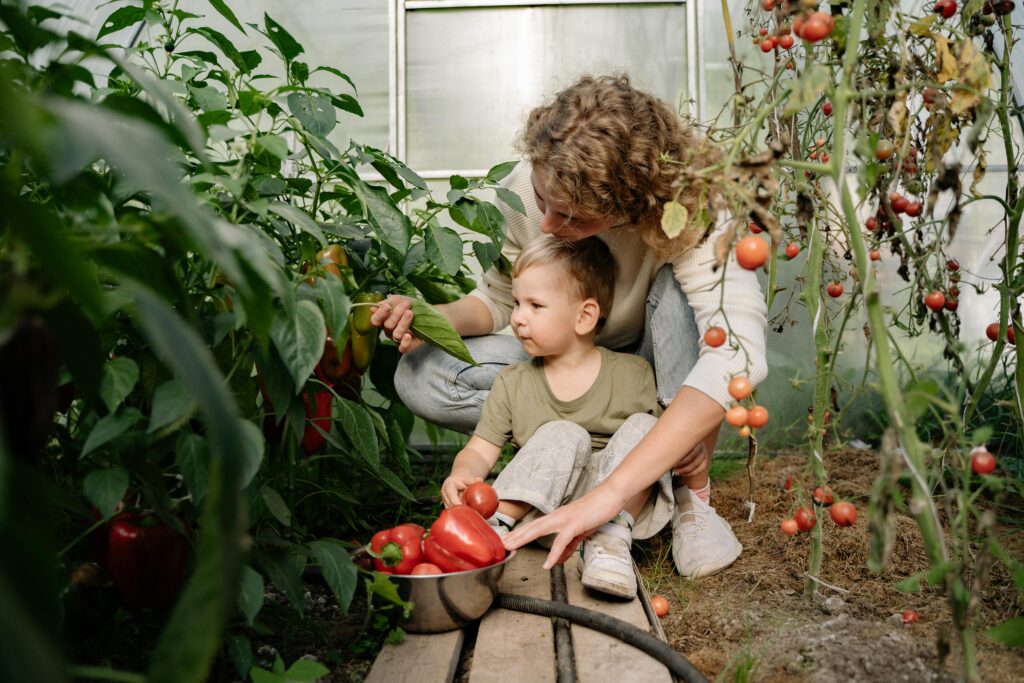
Timing your harvest is crucial to ensuring the best flavor and texture of your vegetables. Harvest vegetables when they are ripe but not overripe to avoid losing flavor or texture. Some vegetables, like lettuce and spinach, should be picked when the leaves are young and tender, while others, like tomatoes and peppers, need to fully ripen on the vine. Regularly check your plants for ripe vegetables and enjoy the satisfaction of harvesting your own produce.
It is also important to use the right tools for harvesting to avoid damaging your plants. Use scissors or pruning shears to cut stems, and be gentle with delicate produce like berries and tomatoes. Harvesting at the right time will ensure that your vegetables are fresh and full of flavor.
Maintain Your Garden Year-Round
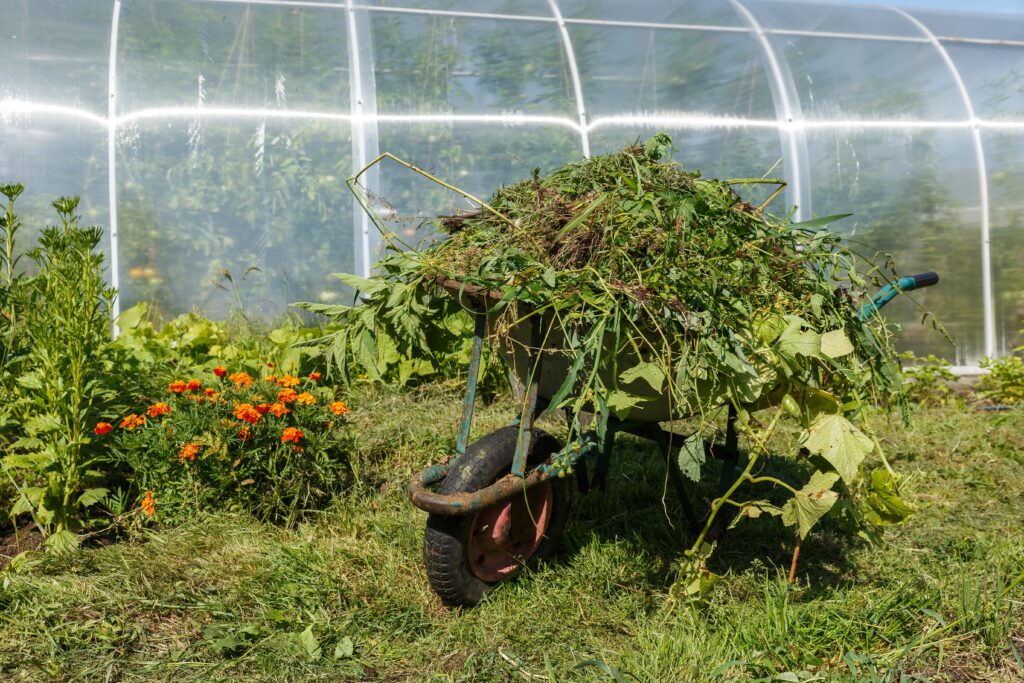
Gardening is a year-round commitment, even when the growing season ends. To maintain your garden, clean up dead plants and remove any fallen leaves or debris that could harbor pests or diseases. In colder climates, consider using row covers or greenhouses to extend the growing season or protect plants from frost. Regularly assess your garden to see what worked well and what can be improved for next season.
Additionally, during the off-season, consider composting leftover plant material to enrich your soil for future plantings. A well-maintained garden not only supports healthy plants but also prepares your space for the next growing season. By staying active in your garden year-round, you ensure that your vegetable garden will thrive season after season.
Growing your own vegetable garden is a rewarding journey that offers fresh, homegrown produce. By following these simple steps, you will set the foundation for a successful and thriving garden. While gardening requires patience and consistent care, the results are certainly worth the effort. With thoughtful planning and dedication, you can enjoy the satisfaction of a flourishing garden and the benefits of homegrown vegetables.
This article originally appeared on Avocadu.
